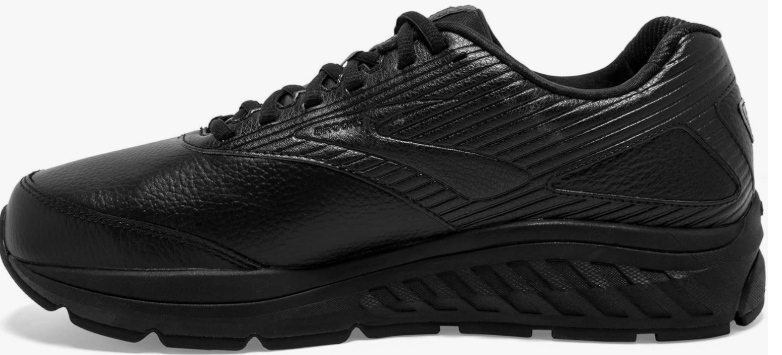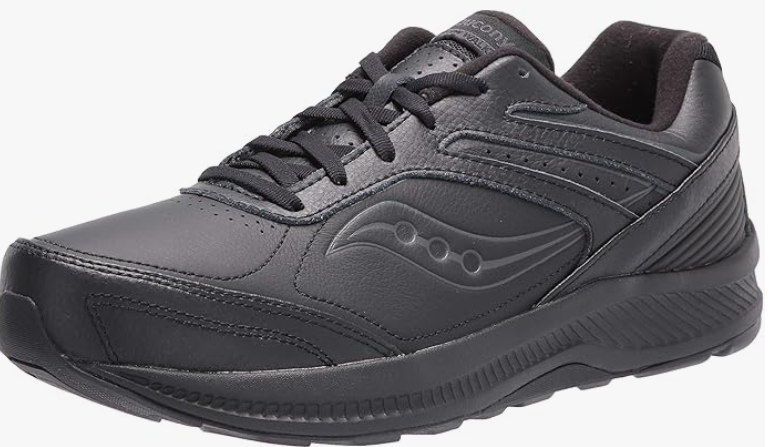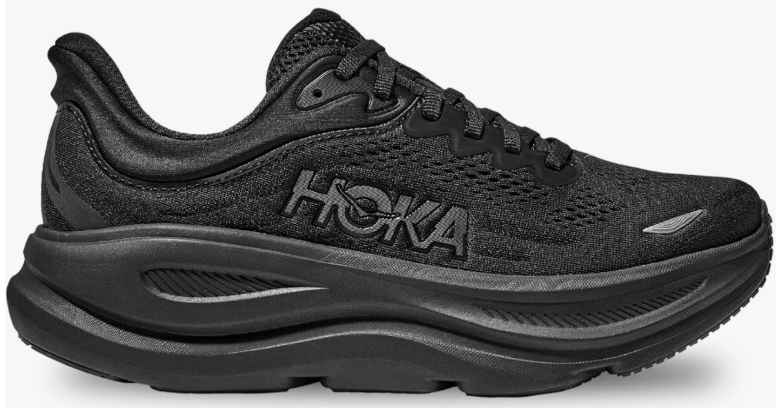Why Japanese Interval Walking Beats 10,000 Steps a Day
The widely accepted goal of walking 10,000 steps a day has become a global fitness mantra—but what if there’s a better, more efficient method? Enter Interval Walking Training (IWT), a Japanese walking technique developed through scientific research that challenges the 10,000-step mindset.
Backed by peer-reviewed studies, interval walking may offer superior benefits in less time, especially for heart health, endurance, and fat loss.
What is Interval Walking?
A Simpler, Smarter Method
Interval Walking was developed by Professor Hiroshi Nose and researchers at the Shinshu University Graduate School of Medicine in Japan. Unlike steady-paced walking, IWT alternates between fast and slow walking, creating short bursts of exertion that push your cardiovascular system more efficiently than a long, casual walk.
Here’s how it works:
- Walk briskly (about 70% of your maximum effort) for 3 minutes
- Then walk at a comfortable pace for 3 minutes
- Repeat this cycle 5 times for a total of 30 minutes
This 30-minute walk with 5 alternating fast-slow intervals is all it takes to experience measurable health improvements—no 10,000 steps needed.
Scientific Proof.
Why Interval Walking Works Better
The Japanese team behind this method conducted a 5-month study involving over 600 adults between ages 45–72. The results were published in the Journal of Applied Physiology (Nishiwaki, K., et al., 2014). Participants who did Interval Walking five days a week showed:
- 13% improvement in aerobic capacity
- 10% improvement in leg strength
- Lower blood pressure and improved cholesterol levels
- More effective weight loss than regular walkers
Even better, these results were achieved without reaching 10,000 steps. Instead, just 4,000–6,000 steps with interval effort were enough to produce superior health benefits. The key lies not in the number of steps, but in the intensity of the walking bursts.
Another study by The American Journal of Hypertension also found that short intervals of brisk walking helped regulate blood sugar and lower the risk of Type 2 diabetes more effectively than slow, continuous walking.
Best Time of Day to Do Interval Walking
Many people wonder whether it’s better to walk before breakfast (fasted walking), after eating, or later in the day.
Here’s what the research and practical experience suggest:
- Before breakfast (fasted): Great for fat burning, especially if weight loss is a goal. Interval walking in a fasted state can help tap into fat reserves more effectively.
- After breakfast: Boosts metabolism and improves insulin sensitivity, particularly helpful for people managing blood sugar levels.
- Late afternoon/early evening: Ideal if you’re focused on performance. Body temperature is highest in the afternoon, which may enhance muscle function and reduce injury risk.
Best recommendation:
If your goal is fat loss and energy, do interval walking before breakfast (but stay hydrated). If your focus is performance or cardiovascular conditioning, try late afternoon when your body is warm and flexible.
How to Get Started with Japanese Interval Walking
To begin
- Choose a flat walking route or treadmill
- Warm up for 3–5 minutes at a comfortable pace
- Start your first 3-minute brisk interval (you should feel slightly breathless, but still able to speak)
- Follow with 3 minutes of relaxed walking
- Repeat the cycle five times
- Cool down with 5 minutes of slow walking and light stretching
This can be done indoors, outdoors, or even in short loops around your neighborhood. No special equipment is needed, though a good pair of walking shoes makes all the difference.
5 Best Walking Shoes for Different Types of Feet
Not all walking shoes are created equal. Your foot type—flat, high-arched, wide, narrow, or neutral—should guide your choice. Here are 5 top picks for various needs:
1. For Flat Feet: Brooks Addiction Walker 2

- Offers strong arch support and motion control
- Reduces overpronation and improves gait stability
2. For High Arches: Asics Gel-Nimbus 26

- Excellent cushioning and shock absorption
- Helps avoid strain on the heel and forefoot
3. For Wide Feet: FitVille Extra Wide Walking Shoes

- Spacious toe box, breathable mesh
- Designed specifically with width options in mind
4. For Narrow Feet: Saucony Integrity Walker 3

- Snug fit with responsive midsole
- Comfortable support without slippage
5. For All-Round Comfort: HOKA ONE ONE Bondi 8

- Plush cushioning, lightweight, perfect for long walks
- Great for anyone who walks regularly on hard surfaces
Final Thoughts
Japanese Interval Walking is a smarter, time-efficient alternative to walking 10,000 steps. Whether you’re short on time or just want results faster, this technique offers real, science-backed benefits for heart health, fat loss, and strength.
By combining it with the right timing (like morning fasted walks) and supportive footwear, you can upgrade your entire walking routine.
Forget step-count pressure—focus on intentional movement, breathing, and intensity. Your body will thank you for it.
Steve

Some links on this site may be affiliate links, and if you purchase something through these links, I will make a commission on them.
There will be no extra cost to you and, you could actually save money. Read our full affiliate disclosure here.

